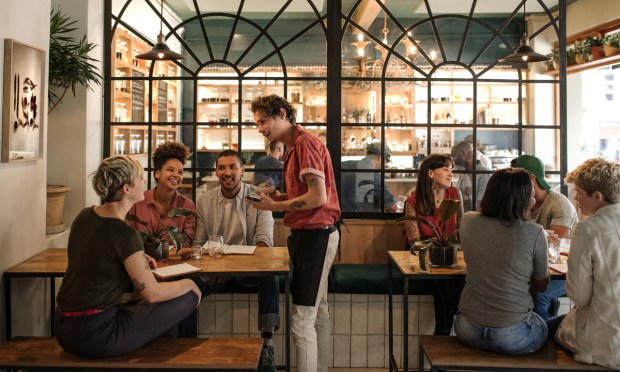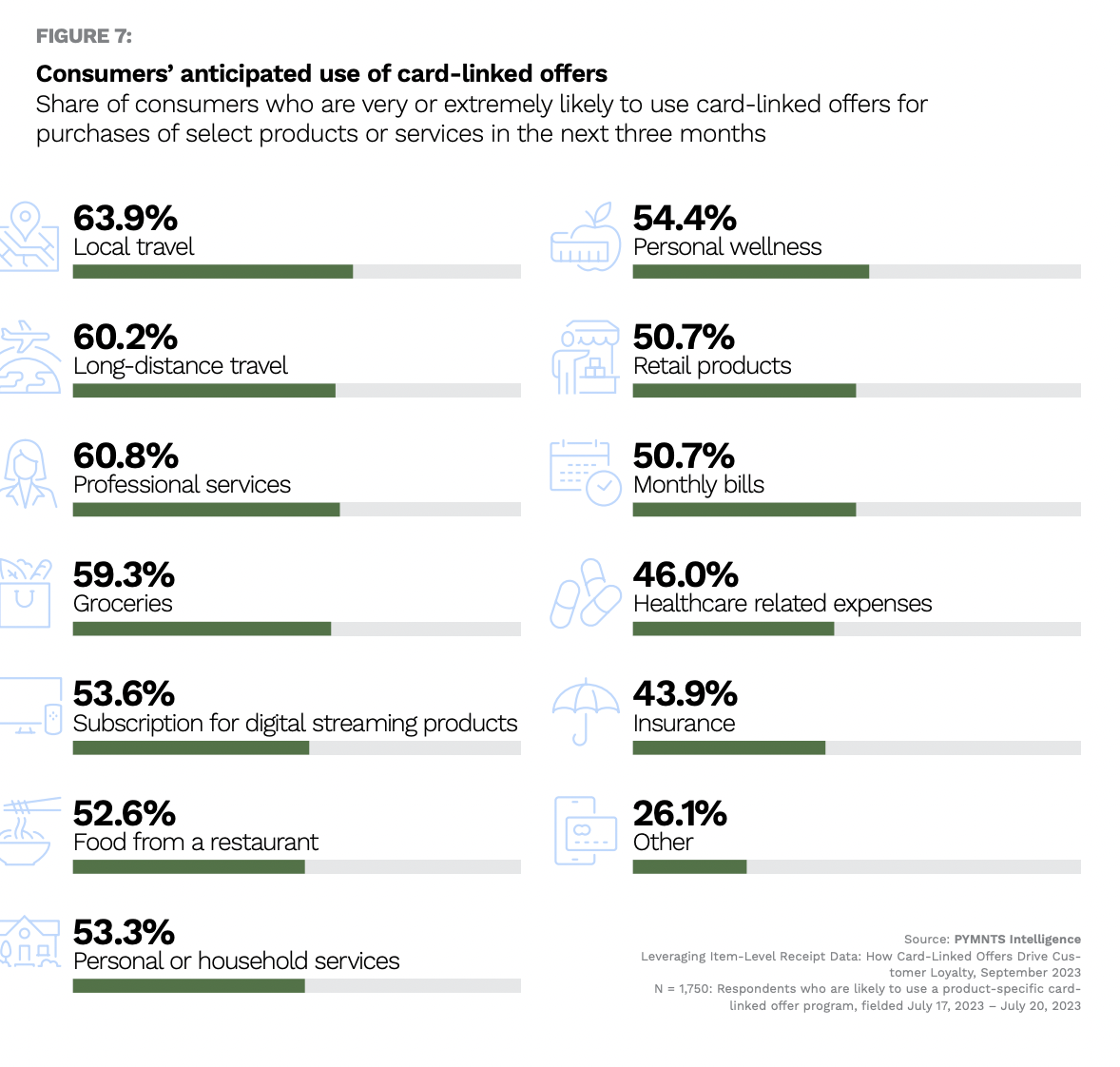Cash Back Drives Restaurant Spending for Deal Seekers

As restaurants look to reach new consumers and build loyalty, card-linked offers can go a long way, PYMNTS Intelligence reveals.
By the Numbers
According to the report “Leveraging Item-Level Receipt Data: How Card-Linked Offers Drive Customer Loyalty,” which draws from a July survey of more than 2,000 U.S. consumers, 53% of those who are likely to use a product-specific card-linked offer program in the next three months — or 44% of consumers overall — are very or extremely likely to do so for restaurant purchases.

The most effective of these card-linked offers at driving consumer loyalty is cash back, with more than half of consumers citing good cash back rewards as a key reason for using card-linked offers in the future. Plus, 37% said this is their most important reason.
The Data in Action
Indeed, credit cards’ dining offers appear to be driving restaurant purchases.
Mastercard’s SpendingPulse released Tuesday (Sept. 19) showed 5.4% growth in the restaurant sector, well above the 3.9% growth seen in grocery.
Restaurants are certainly looking to drive visits, with many experiencing declines in traffic amid menu price inflation. In fact, some even missed out on the summer sales bump entirely.
“We had expected the traffic would improve in June and July with the onset of the summer travel season. Unfortunately, this didn’t materialize,” Cracker Barrel CEO Sandy Cochran told analysts on a call Wednesday (Sept. 13), attributing this to both “a challenged consumer environment” and to missteps in the brand’s marketing.
Last month, casual dining giant Dine Brands shared on its earnings call that both Applebee’s and IHOP saw a “modest slowdown in traffic,” per CEO John Peyton. Plus, The Cheesecake Factory saw a 3.7% decline.
Yet deals and offers can indeed bring consumers back.
“Applebee’s in particular was nimble and quickly reacted to what it saw, in terms of a little bit of a soft traffic,” Peyton said. “They doubled down on their promotion activity … and it seems [to have had] a positive effect on traffic as the quarter progressed.”

